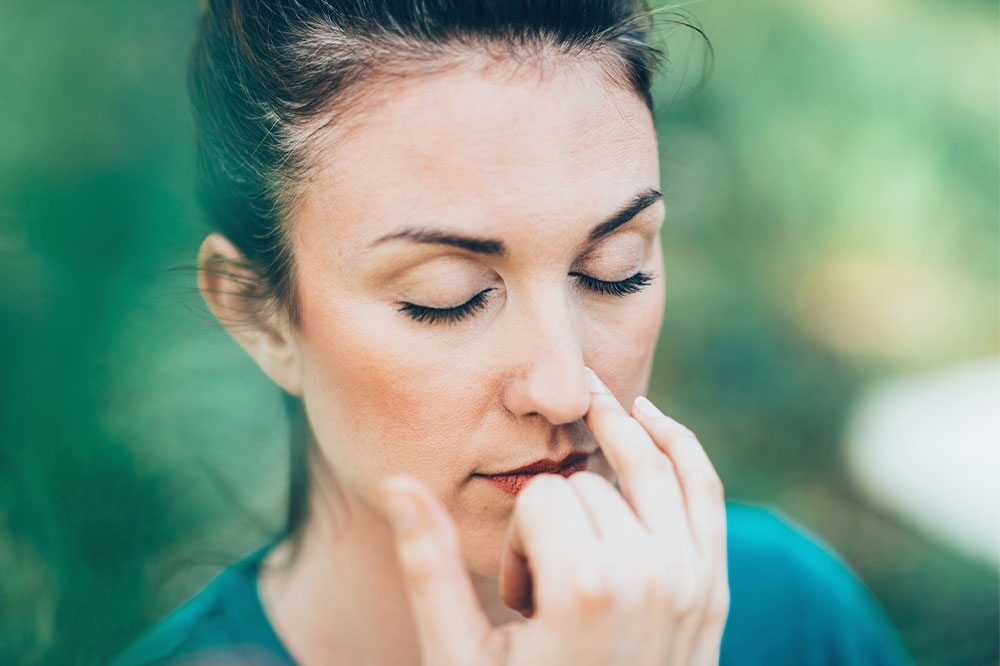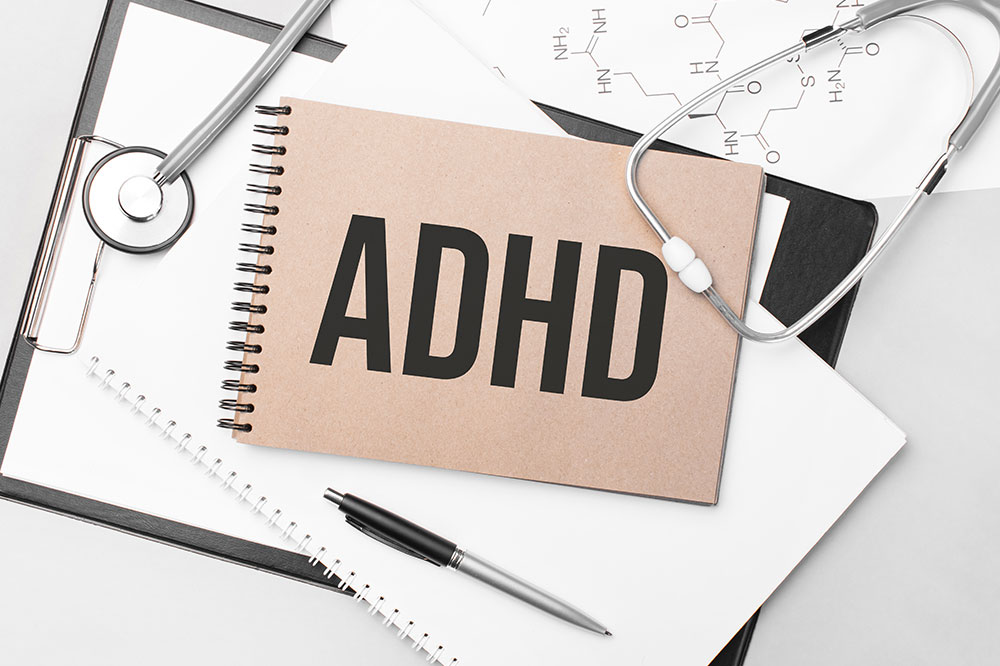5 tips for healthy lungs

Maintaining lung health is crucial for our overall well-being. Our lungs are primarily responsible for supplying oxygen to our body and releasing carbon dioxide, which is why taking good care of them is essential. However, with the increasing prevalence of lung-related diseases worldwide, prioritizing lung health is becoming more critical than ever. This article will impart valuable tips to help one keep their lungs healthy. Some of them are:
Environmental factors that affect lung health
The air we breathe can have a significant impact on our lung health. Exposure to air pollution, occupational hazards, and allergens can increase the risk of developing lung-related diseases. Air pollution significantly contributes to lung-related diseases and can lead to chronic obstructive pulmonary disease (COPD), asthma, and lung cancer. Occupational hazards such as asbestos, coal dust, and silica can also lead to lung-related diseases.
Besides, allergens and irritants such as pet dander, pollen, and smoke can also irritate our lungs and cause respiratory problems. To minimize exposure to these environmental factors, it’s essential to wear protective gear, avoid smoking and secondhand smoke, and maintain indoor air quality.
Tips to promote healthy lungs
Here are some tips to keep your lungs healthy:
Practice good hygiene
Practicing good hygiene helps prevent the spread of respiratory infections, which can be particularly harmful to people with compromised lung health. Frequently wash your hands, avoid close contact with people who are unwell, and cover your mouth and nose when coughing or sneezing. It’s also important to clean and disinfect frequently touched surfaces, such as light switches, doorknobs, and countertops.
Avoid extreme temperature changes
Avoiding extreme temperature changes can help prevent irritation to the lungs. When going from a cold outdoor to a warm indoor environment, adjust to the temperature change slowly to avoid sudden stress on the lungs. This can help reduce the risk of developing respiratory infections and other lung-related health problems.
Practice breathing exercises
Practicing breathing exercises can help improve lung capacity and efficiency, making breathing easier and reducing the risk of lung-related health problems. Deep breathing, diaphragmatic breathing, and other breathing techniques can all be helpful. These exercises can also help reduce stress and promote relaxation, benefiting overall health and well-being.
Get vaccinated against respiratory infections
Getting vaccinated against respiratory infections can help prevent serious illnesses like the flu and pneumonia, which can be particularly dangerous for people with compromised lung health or weakened immune systems. Talk to your doctor about recommended vaccinations, and stay up-to-date on your immunizations.
Maintain good indoor air quality
Maintaining good indoor air quality is essential for maintaining healthy lungs. Keep your home well-ventilated, avoid using chemical cleaning products, and consider using an air purifier or humidifier to improve air quality. It’s also essential to avoid smoking, secondhand smoke exposure, and other indoor air pollutants like dust, mold, and pet dander.
Things to remember
Maintaining lung health is crucial for our overall well-being. We can improve our respiratory health by avoiding environmental factors that can affect lung health, following the tips to keep lungs healthy, and getting vaccinated. Prioritize your lung health today!






